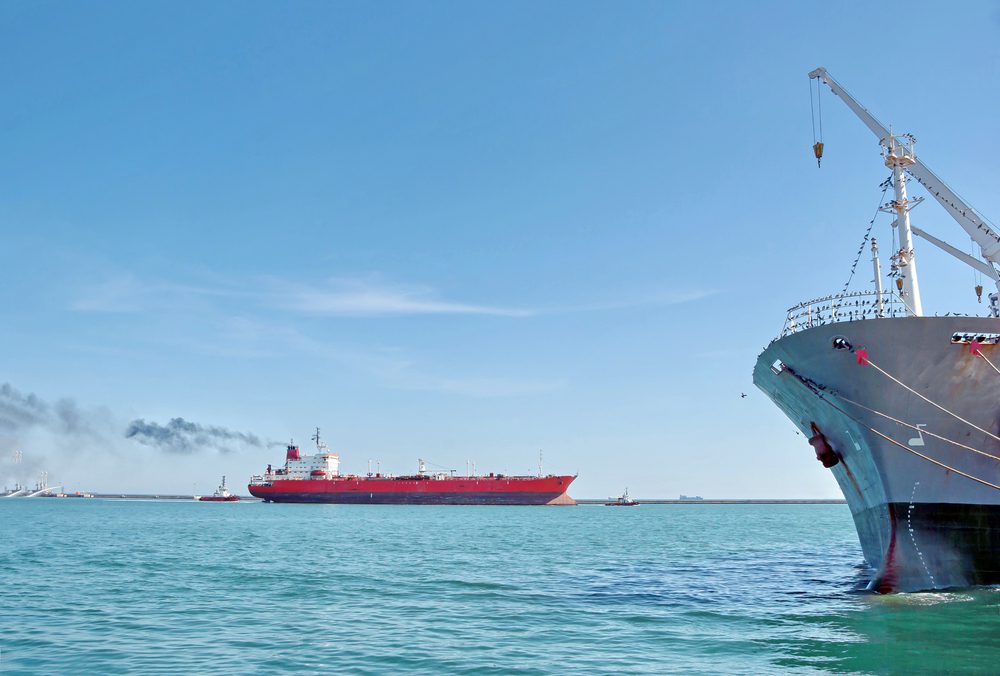Compared to a Newcastlemax bulk carrier powered by conventional very low sulfur fuel oil (VLSFO) and one powered by green ammonia, a nuclear-powered Newcastlemax bulk carrier could sail longer, faster, and cheaper, without producing greenhouse gas (GHG) emissions, a new study found.
Amsterdam-based nuclear development and consulting company ULC-Energy, in collaboration with ship design and engineering company C-Job Naval Architects, conducted an in-depth study to analyze the design and economic implications of using civil nuclear reactor technology to power a Newcastlemax bulk carrier.
The study compares a nuclear-powered Newcastlemax bulk carrier with one powered by conventional VLSFO and one powered by green ammonia, exploring design impact, GHG emissions, and commercial performance of each fuel type.
ULC-Energy and C-Job reported the following insights from the study:
The partners also pointed out that the study acknowledges that civil nuclear maritime propulsion faces licensing, operational, and other challenges.
“Given that most nuclear reactor designs being considered for the maritime use are still in the conceptual phase, current estimates for the capital costs of such ships are limited; however, accuracy will improve as projects mature,” ULC-Energy said.
Niels De Vries, Head of Energy at C-Job, commented: “The study is another remarkable milestone for the adoption of nuclear power in marine vessels. It shows how C-Job can work in a flexible manner with its clients and combine knowledge in designs that create significant value. Furthermore, it is another great example of the capability of C-Job with system integration and risk-based design to ultimately make shipping more sustainable. We valued the collaboration with ULC-Energy, specialists on nuclear technology and fuel, and look forward to working together on future projects.”
In 2022, C-Job shared research results which found that large ocean-going vessels have the most potential for nuclear propulsion, with the Molten Salt Reactor having the most potential in the long term thanks to the combination of passive safety, high burn-up, and the future potential to use the thorium cycle.
According to the recent report by classification society Lloyd’s Register (LR), nuclear power could transform the maritime industry with emissions-free shipping, whilst extending the life cycle of vessels and removing the uncertainty of fuel and refueling infrastructure development. However, regulation and safety considerations would have to be addressed first for its widespread commercial adoption.
Earlier this year, a global group of companies with a common interest in developing nuclear energy solutions for the maritime sector launched Nuclear Energy Maritime Organization (NEMO) with an aim to assist nuclear and maritime regulators in the development of appropriate standards and rules for the deployment, operation and decommissioning of floating nuclear power.






